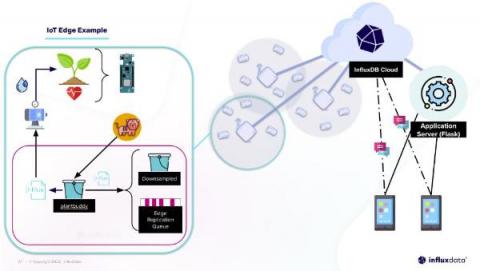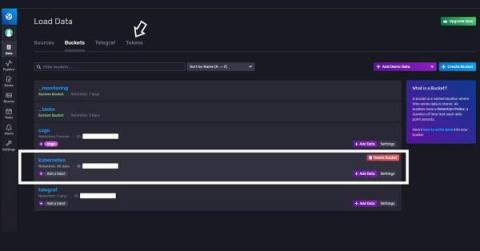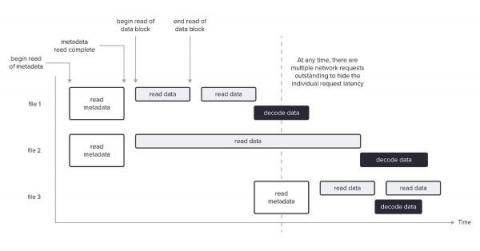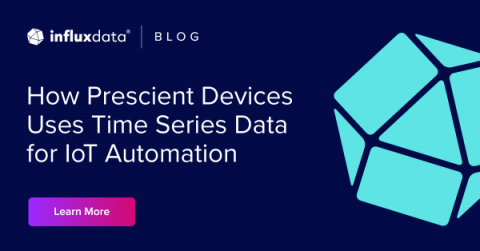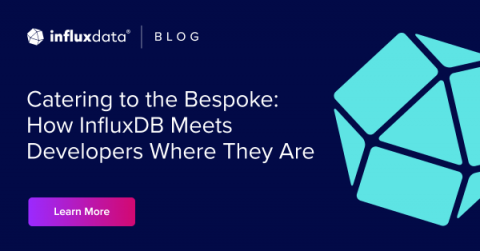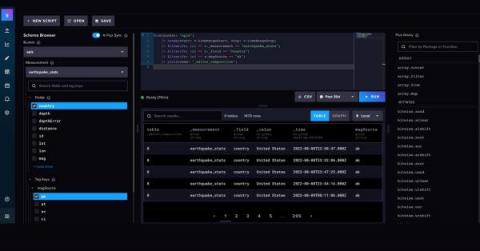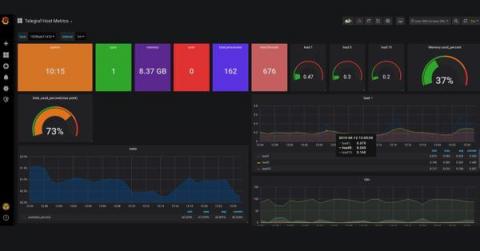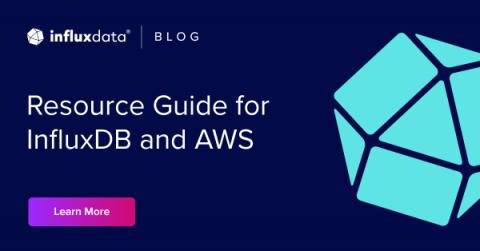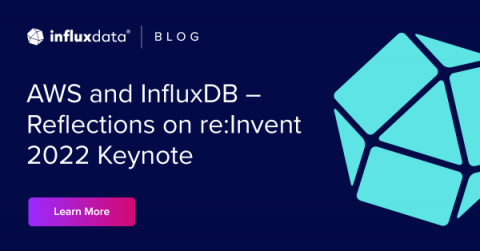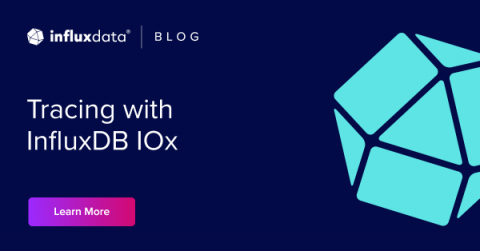When to Use Flux vs Python
If you’re new to InfluxDB you might wonder, “Why does InfluxDB have its own query and scripting language (aka Flux)?” You might also be thinking, “InfluxDB has client libraries. Why and when should I use the Python client library and when should I use Flux?” In this post we’ll discuss when developers should use Flux and when they should use Python for developing their IoT applications.


